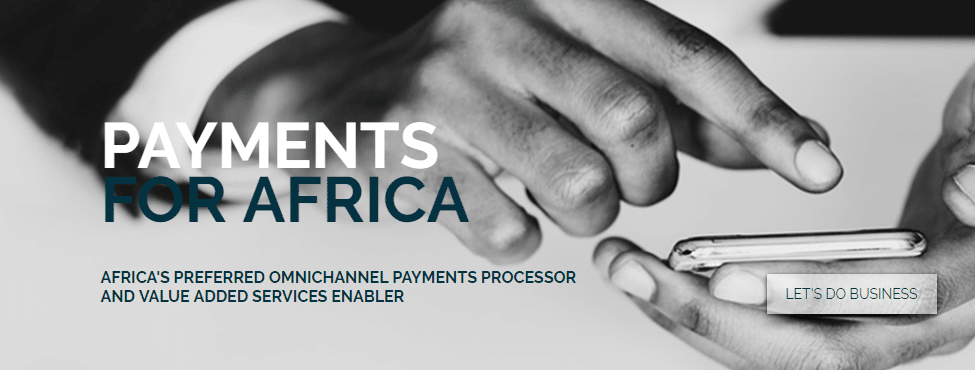“Cash or card?” used to be the sum total of payment options for consumers when they purchased goods from a retailer. Lately, consumers are spoilt for choice, with a payment option for nearly every taste. Enjoy using your smartphone? Choose from a host of mobile payment options such as SnapScan, Zapper and Samsung Pay.
Like using your bank-issued card? Tap-and-go or chip-and-pin? Are you one of the millions of consumers who belong to a loyalty programme? Redeem your points at the till and spend little to no actual money at all. Some forward-thinking food outlets even allow order-ahead options that allow customers to order and pay via a smartphone app and simply collect at the counter when the order is done.
But, says Vaughan Alexander, CEO at Innervation Pan African Payments, while this has been great news for consumers, it does make things potentially tricky for retailers who now have to choose which options they enable for their particular customer set.
“Considering the investment of time and resources needed to enable new payment options, getting it wrong can be costly. Luckily we’ve done the hard yards and, through our work with retailers in South Africa and several other African countries, developed a checklist to guide retailers that want to implement new payment options at their point-of-sale.”
Alexander provides a checklist that covers seven broad areas that companies need to keep in mind when enabling new payment types:
- Link payment types to business objectives
• Are customers asking for this type of payment, and can you offer it without negatively affecting the customer experience at the till? (research has found that payment efficiency is the most important factor in driving customer loyalty)
• Is the process for all relevant tender methods simple and easy to understand by the cashier and customer?
• Does the payment solution allow for easy transactional and settlement reconciliation across all tender types? (this helps with back-office efficiencies)
• Can the payment solution provide insights into operational metrics and customer behaviour?
• Can you leverage these insights to guide broader marketing and customer engagement strategies? (customer engagement is a primary objective for retailers in 2019)
• Does the payment type support a unified omnichannel customer experience? - Meet customer expectations
• Can your customers pay in an efficient, quick and secure way using any form of value? (this includes cash, credit, loyalty points, discounts and more) - Invest in the right technology platform
• Is the payment type available 100% of the time (or as near as possible)?
• Is it flexible enough to support different payment tender types and methods of payment (including QR codes and NFC)?
• Does it support new innovations such as blockchain, and new regulations such as PSD2? - Ensure geographic reach
• Can the payment type support you in multiple countries?
• Can you ensure a positive customer experience using this single payment provider across all the countries in which you operate? - Comply to regulations
• Does the payment solution comply to the security standards common to the industry, such as PCI-PTS, PCI-DS and P2PE?
• Does it comply to the POPI Act and Europe’s GDPR? - Have the right skills
• Does the payment provider have excellent cloud infrastructure, security and application architecture skills available to you?
• Can the payments provider integrate the solution into your core business processes using a combination of excellent product management and business analysis skills?
• Is the provider’s level of customer service consistently excellent? - Make costs predictable
• Does your provider offer a fixed cost model?


